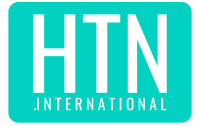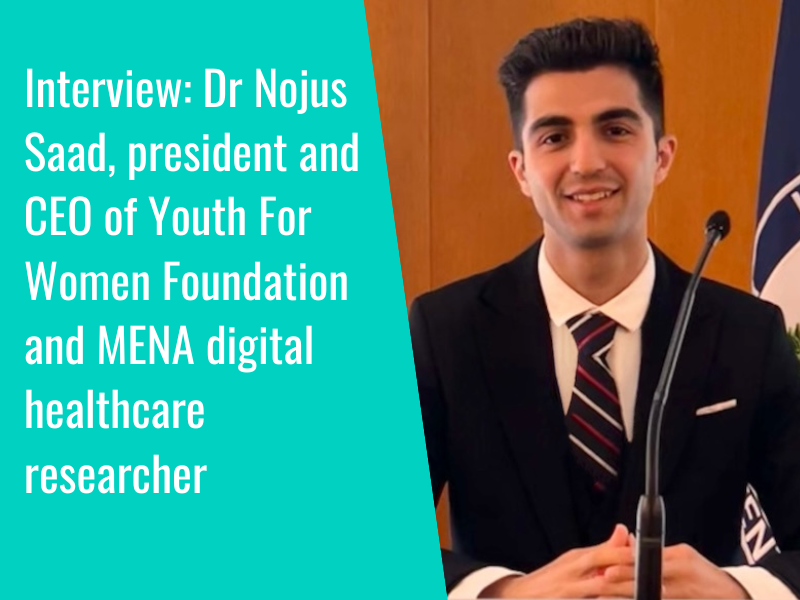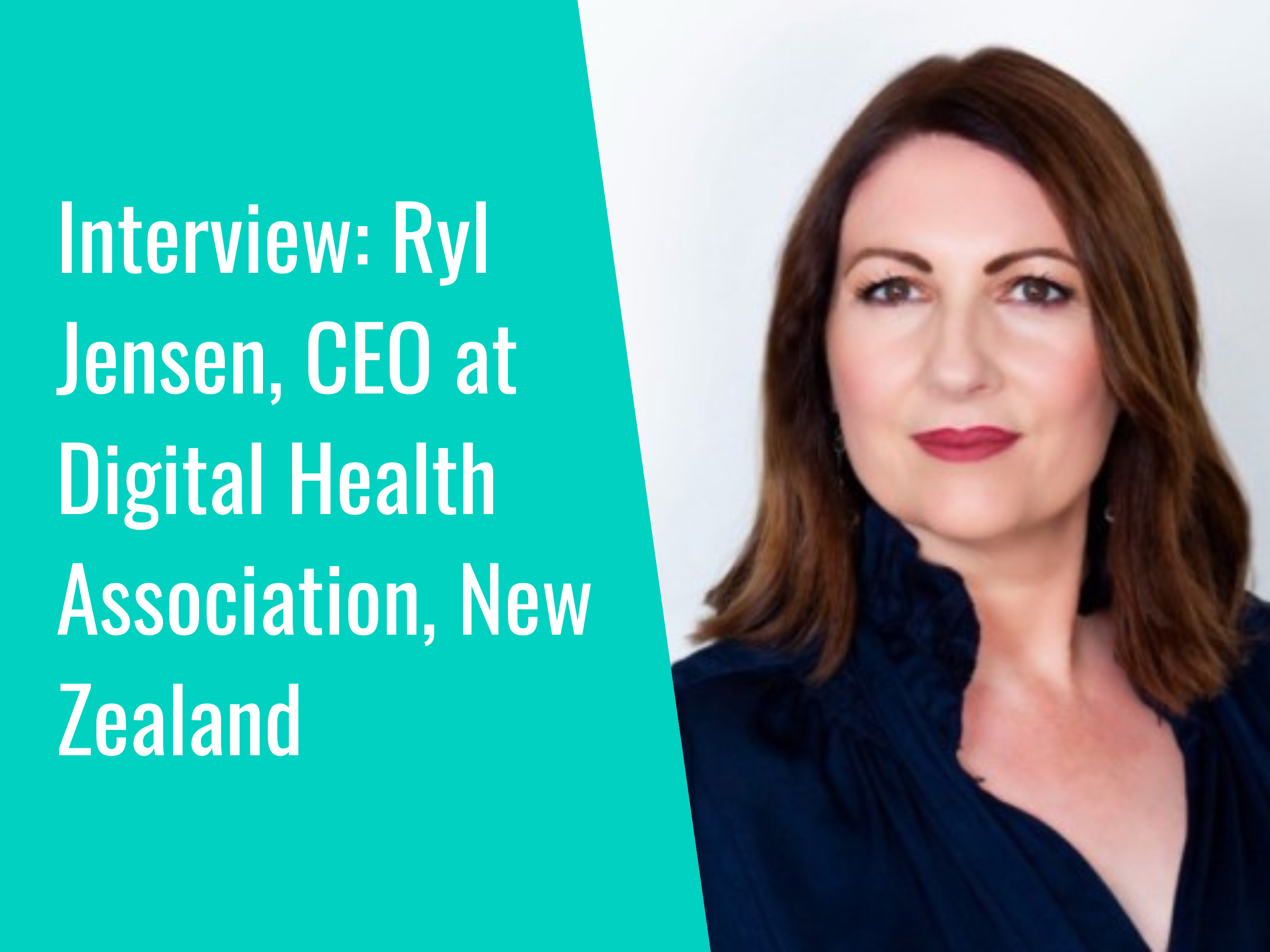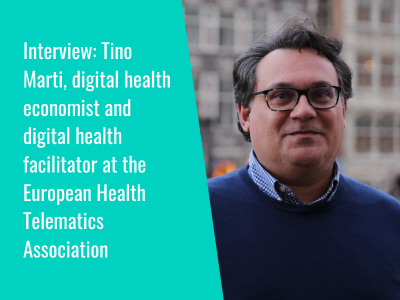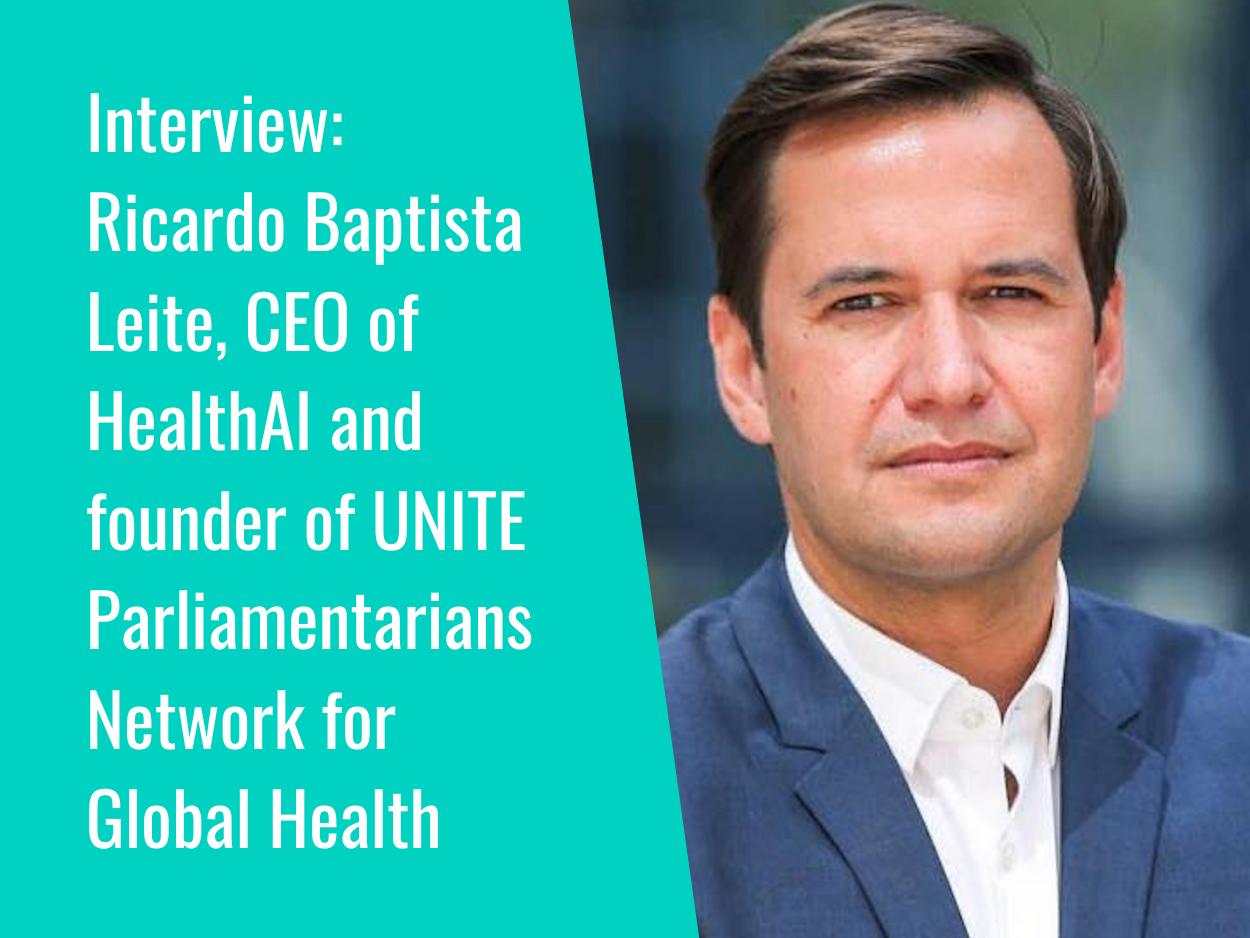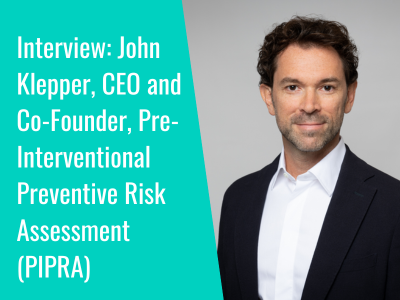A programme update published by the Republic of Ghana’s Ministry of Health has highlighted progress in the country’s national e-health project.
The project, which features the Lightwave Health Information Management System (LHIMS), is said to be “transforming healthcare across the country and placing Ghana at the forefront of healthcare in Africa”.
With a real-time early warning disease surveillance system and supporting dashboards, the LHIMS solution is providing “accurate and timely data for hospital administrators, management, providers and clinicians for vital decision making needs and positive outcomes for patients”.
The project aims to overcome challenges with accessing patient’s health records, the movement of patients between service points, and with meeting reporting needs.
So far, it has reported improvements including enhanced patient record portability across LIHMS sites, the elimination of paper patient folders, the availability of real time data at point of care, and reductions in waiting times in Outpatients and Admissions.
The Ministry highlights “average annual savings of 50,000 to 300,000”, as well as a 35 to 40 percent improvement in patient waiting times across health centres and district hospitals. LIHMS has also enhanced prescribing functions, helping providers to identify the correct solution for patients, more quickly.
On disease surveillance, LIHMS has proven to be capable in tracking and alerting to symptom sets in real-time, meaning once a pre-defined threshold is reached, it automatically sends out an alert to the disease surveillance team, who can act quickly to prevent spread. The update says that this reduces response times for enacting control measures such as quarantines, from “days or weeks to minutes or hours”.
In addition, the update shares how insurance coverage can be checked quickly and easily using LIHMS, and The National Health Insurance Authority (NHIA) has reported an almost 30 percent cost saving as a result of “improvements in accuracy and filing timing” during phase one of the rollout in Centra Region.
Tangible improvements from the LIHMS implementation have been seen in bed availability, and better tracking of data for public health teams. The Ministry hopes to see other benefits in the future, including public awareness and information on real-time bed and service availability, better management of drug inventory resulting in cost savings, and savings from early detection of disease outbreaks.
To learn more about the project, please click here.
Earlier this month, we looked at the WHO’s announcement that it would be launching a new Global Initiative on Digital Health (GIDH), to support the implementation of the Global Strategy on Digital Health 2020–2025. The GIDH will “converge and convene global standards, best practices and resources to fast track digital health system transformation”, encouraging collaboration and sharing between nations.
- 1
- 2
